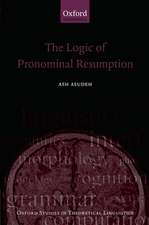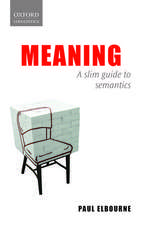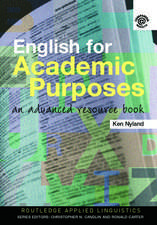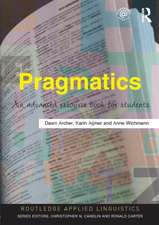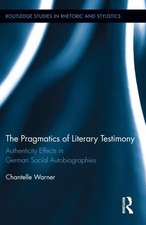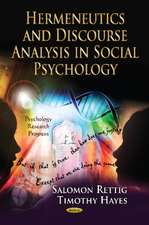Metadiscourse: Exploring Interaction in Writing: Continuum Discourse
Autor Professor Ken Hylanden Limba Engleză Paperback – 11 sep 2005
| Toate formatele și edițiile | Preț | Express |
|---|---|---|
| Paperback (2) | 173.19 lei 43-57 zile | +44.29 lei 6-12 zile |
| Bloomsbury Publishing – 17 oct 2018 | 173.19 lei 43-57 zile | +44.29 lei 6-12 zile |
| Bloomsbury Publishing – 11 sep 2005 | 345.07 lei 43-57 zile | +64.66 lei 6-12 zile |
| Hardback (1) | 1122.98 lei 43-57 zile | |
| Bloomsbury Publishing – 11 sep 2005 | 1122.98 lei 43-57 zile |
Preț: 345.07 lei
Preț vechi: 424.06 lei
-19% Nou
Puncte Express: 518
Preț estimativ în valută:
66.03€ • 69.11$ • 54.96£
66.03€ • 69.11$ • 54.96£
Carte tipărită la comandă
Livrare economică 31 martie-14 aprilie
Livrare express 22-28 februarie pentru 74.65 lei
Preluare comenzi: 021 569.72.76
Specificații
ISBN-13: 9780826476111
ISBN-10: 0826476112
Pagini: 240
Dimensiuni: 156 x 234 x 19 mm
Greutate: 0.42 kg
Editura: Bloomsbury Publishing
Colecția Continuum
Seria Continuum Discourse
Locul publicării:London, United Kingdom
ISBN-10: 0826476112
Pagini: 240
Dimensiuni: 156 x 234 x 19 mm
Greutate: 0.42 kg
Editura: Bloomsbury Publishing
Colecția Continuum
Seria Continuum Discourse
Locul publicării:London, United Kingdom
Recenzii
This one is gold...anyone interested in the way writers and written language function, such as the use of parentheses...should really visit this book and stay a while....Linguistic statisticians like myself previously only dreamt of such data as appears on page 57...There is something for everyone concerned with EAP writing in this work; from the research student pouring over her thesis in the stuffy library, to the concerned teacher of EAP writing who worries that his students have little control over hedging devices. With Metadiscourse, plus his 2003 title, Second Language Writing (CUP)...Hyland is providing wholesome fare to the community of teachers of writing around the globe.
accessible introduction to metadiscourse, discussing its role and importance in written communication...a valuable and comprehensive study, which not only imposes relevant questions, but provides valid answers in regards to this subject establishing new directions for future investigations.
accessible introduction to metadiscourse, discussing its role and importance in written communication...a valuable and comprehensive study, which not only imposes relevant questions, but provides valid answers in regards to this subject establishing new directions for future investigations.
Caracteristici
Provides an accessible introduction to metadiscourse, discussing its role and importance in written communication and reviewing current thinking on the topic
Notă biografică
Ken Hyland is Professor of Applied Linguistics in Education at the University of East Anglia, UK.
Cuprins
AcknowledgmentsPreface to the 2005 editionForeword to the 2018 editionSection 1: What is metadiscourse?1. First Impressions2. Definitions, issues and classifications3. A metadiscourse modelSection 2: Metadiscourse in practice4. Metadiscourse and rhetoric5. Metadiscourse and genre6. Metadiscourse and culture7. Metadiscourse and communicationSection 3: Issues and implications8. Metadiscourse in the classroom9. Issues and directionsReferencesAppendix: Metadiscourse items investigatedSubject IndexAuthor Index












